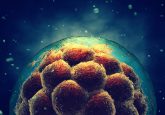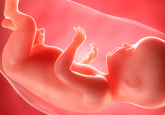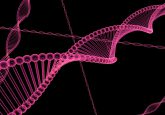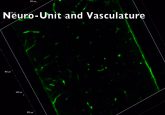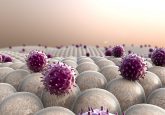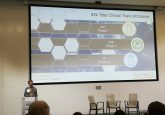The International Society for Stem Cell Research 2018 Annual Meeting
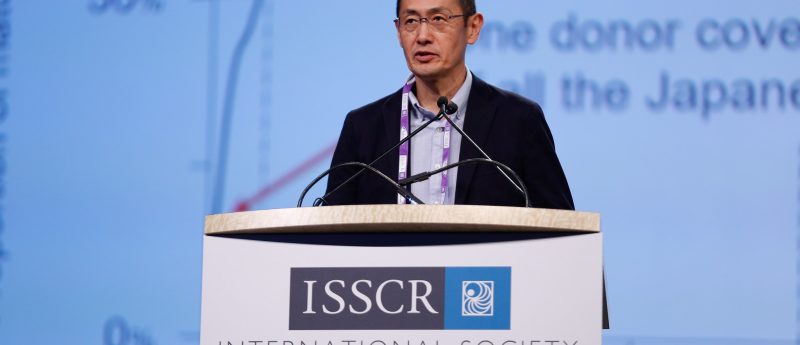
In this post, Hans Clevers, current ISSCR president, looks ahead to what can be looked forward to at this year’s ISSCR meeting (20-23 June, Melbourne, Australia).
Top image: Nobel Prize winner Shinya Yamanaka speaks about progress in research using iPS Cells at ISSCR 2017.
For the last fifteen years, the International Society for Stem Cell Research (ISSCR) has been bringing together thousands of scientists from around the world to attend its annual meeting, the largest global gathering of stem cell scientists. This June, as many as 3200 scientists, clinical translation researchers, bioethicists, clinicians, and industry innovators from over 50 countries are expected to attend ISSCR 2018 in Melbourne, Australia to share great science and network with colleagues. The meeting’s scientific program was developed under the leadership of Melissa Little, Murdoch Children’s Research Institute (Melbourne, Australia) and chair of the ISSCR Program Committee.
A theme of this year’s meeting will be the remarkable broad impact that stem cell research is having in many research areas. The meeting, co-sponsored by the Australasian Society for Stem Cell Research, will highlight the importance of basic scientific discovery, and how singular advances can have far-reaching impact. CRISPR co-discoverer and gene editing innovator Jennifer Doudna from the University of California, Berkeley (CA, US), will be the meeting’s featured keynote speaker.
Highlighted speakers and plenary sessions
Ben Scheres, Wageningen University (the Netherlands), will open the Symposium by sharing his leading work on plant stem cells; Elly Tanaka, Institute of Molecular Pathology (Austria) will discuss the regenerative abilities of the recently-sequenced axolotl. Pivoting to humans, Graziella Pellegrini, University of Modena and Reggio Emilia (Italy) will present her clinical translation work with gene and cell therapies.
Anchoring the Presidential Symposium is the 2018 ISSCR Tobias Award lecture by recipient Connie Eaves, Terry Fox Laboratory at the BC Cancer Agency (Canada). Dr. Eaves is internationally recognized for her work on stem cells of the blood-forming system, particularly focusing on the development of acute myeloid leukemia.
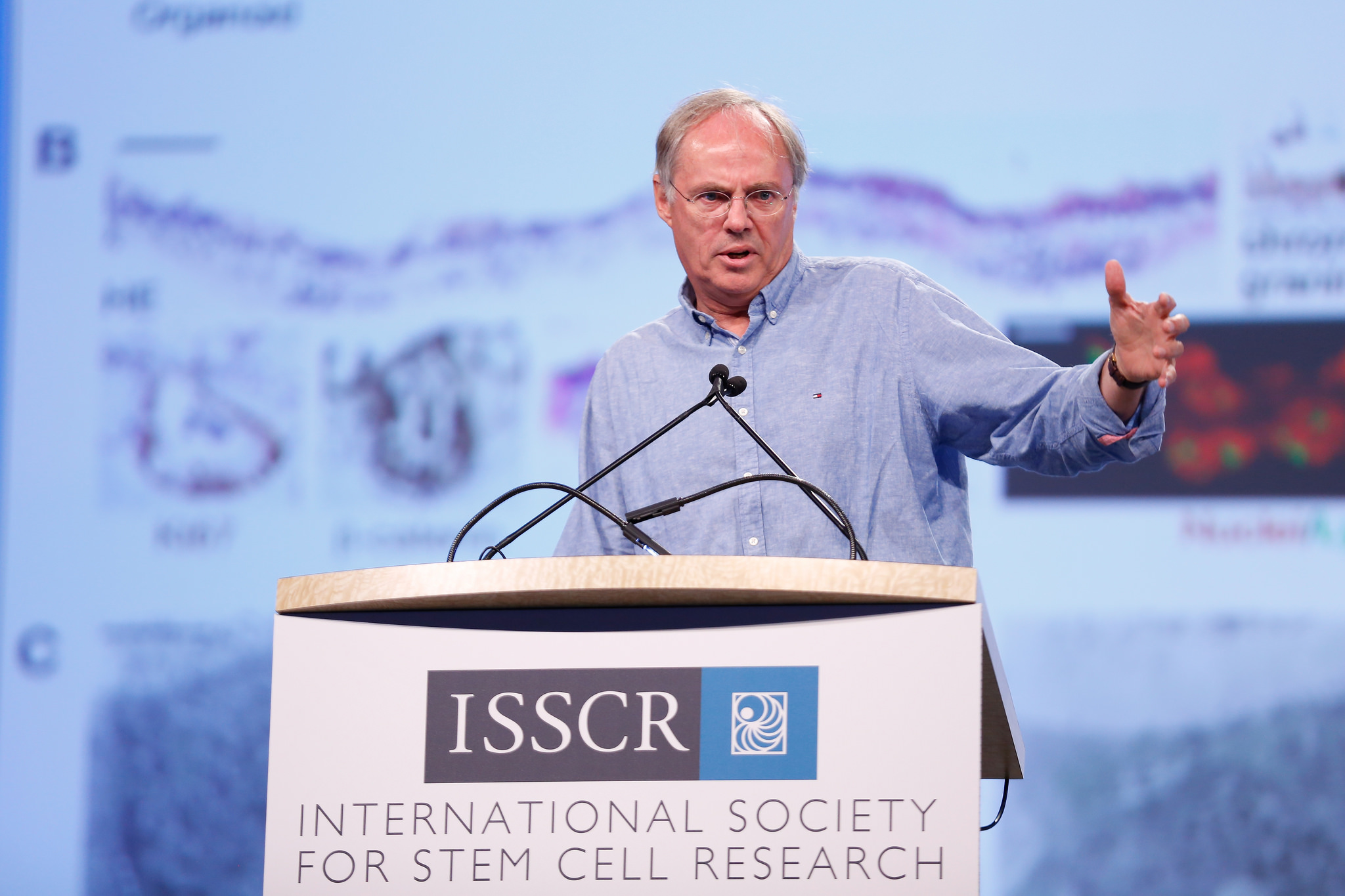
Current clinical advances and emerging applications of stem cells will be highlighted at the Clinical Advances in Stem Cell Research (CASC) pre-meeting event on Tuesday, 19 June. This full-day program, held at the Walter and Eliza Hall Institute of Medical Research, is tailored for physicians and those bringing stem cell research to the clinic.
Plenary sessions continue 20 June with, “Recapitulating Development from Stem Cells,” including the Anne McLaren Memorial Lecture featuring Patrick Tam, Children’s Medical Research Institute (Australia), a leading expert on mouse early embryogenesis. During this session, this year’s Public Service Award will be presented to Megan Munsie, University of Melbourne (Australia). Munsie is a stem cell scientist who has been active for many years in outreach to the public and advocacy to policy makers around ethical, social, and regulatory issues around stem cell science and its translation to the clinic.
On Thursday, 21 June, Plenary III, “Systems Biology of Heterogeneity”, will feature Francois Guillemot, Francis Crick Institute (London, UK), Frederik Lanner, Karolinska Institute (Sweden), and Merav Socolovsky, University of Massachusetts Medical School (MA, USA). The Ernest McCulloch Memorial Lecture will be delivered by Harvard University’s Douglas Melton, the incoming ISSCR President, whose work focuses on developing human islet cells for diabetics.
Plenary IV, “New Technologies in Stem Cell Engineering,” Friday, 22 June, includes a presentation by Shuibing Chen, Weill Cornell Medical College, this year’s winner of the ISSCR Dr Susan Lim Outstanding Young Investigator Award for her innovative chemical approaches in pluripotent stem cell research.
Also on 22 June, Plenary V, “Stem Cell Based Disease Modeling”, will include speaker Qiang Sun, Shanghai Institute for Biological Sciences (China), whose team generated of the first non-human primate clones earlier this year, along with neurological disease modeling expert Steven Goldman, University of Rochester (NY, USA), and Joseph Wu, Stanford University (CA, USA), who gained considerable attention for his team’s most recent work on iPSCs and cancer. The session will also feature a presentation from Michele De Luca, University of Modena and Reggio Emilia, who, along with Graziella Pellegrini, is the co-recipient of the ISSCR’s Award for Innovation for groundbreaking work in the field of corneal regeneration and skin replacement therapies.
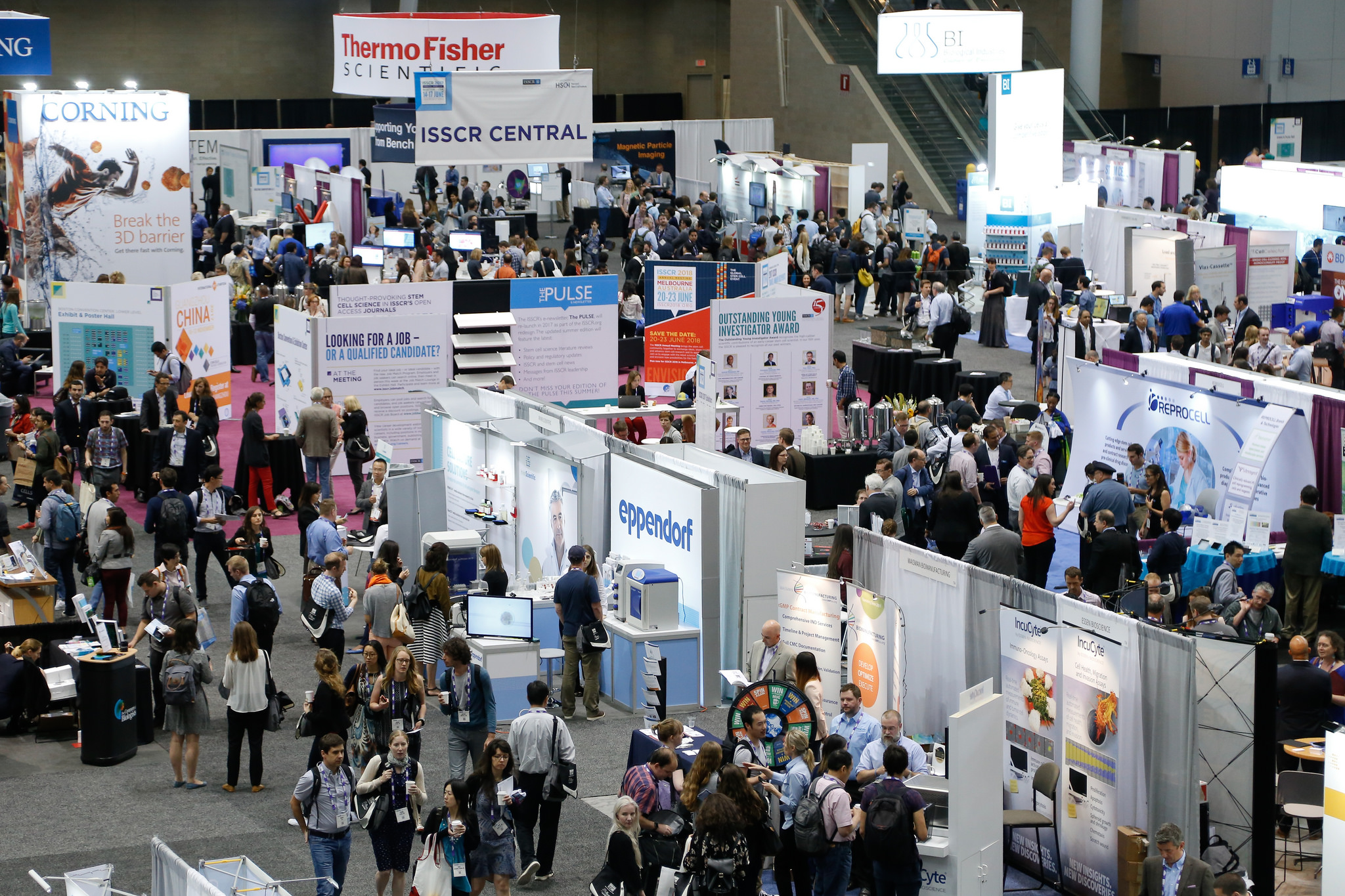
The concluding plenaries on Saturday, 23 June, focus on “Cancer Stem Cells,” and “Moving to the Clinic: Gene and Stem Cell Therapies.” The cancer panel will include Allison Bardin, Institut Curie (Paris, France), Nick Barker, Institute of Medical Biology (Singapore), Tannishtha Reya, University of California San Diego (USA), Jane Visvader, Walter & Eliza Hall Institute of Medical Research (Australia), and Presidential Symposium speaker Juan Carlos Izpisúa Belmonte, Salk Institute (CA, USA).
Plenary sessions are only part of the annual meeting, with much of the deeper research presented in 20 concurrent sessions made up of invited and abstract-selected speakers. See the full meeting schedule for more information.
Early on 20 June, the meeting offers opportunities for in-depth Focus Sessions that are independently hosted by academic or industry groups and delve more deeply into topic areas. They’re complemented by Innovation Showcases on 21 and 22 June, where industry groups and companies introduce new technology and products, with technical demonstrations and updates, giving detailed information about the latest tools and services available for researchers, clinicians, and academics.
A robust exhibition hall is open throughout the meeting, with more than 100 booths featuring innovative products and services for researchers.
Opportunities for early career researchers
Back after a debut in 2017, the Job Match Program brings together employers with those seeking jobs. Last year, 142 employers and 498 job seekers participated, meeting online first, and then in person at the meeting. On Saturday, the Junior Investigator Career Panel Luncheon on “Navigating Career Path Possibilities” will feature a panel of scientists who will share how they have successfully negotiated various career paths.
Networking opportunities are an important part of the meeting:
- Early Career Group Leader Luncheon — early career scientists meet with more seasoned colleagues to discuss topics such as how to set up a lab and/or successful research team;
- Junior Investigator Social Night — young researchers meet one another in a casual environment outside the meeting hall;
- Two “Meet the Experts” luncheons — students and postdocs can meet and interact with experts in academic and non-academic fields, including industry, policy, publishing, and others.
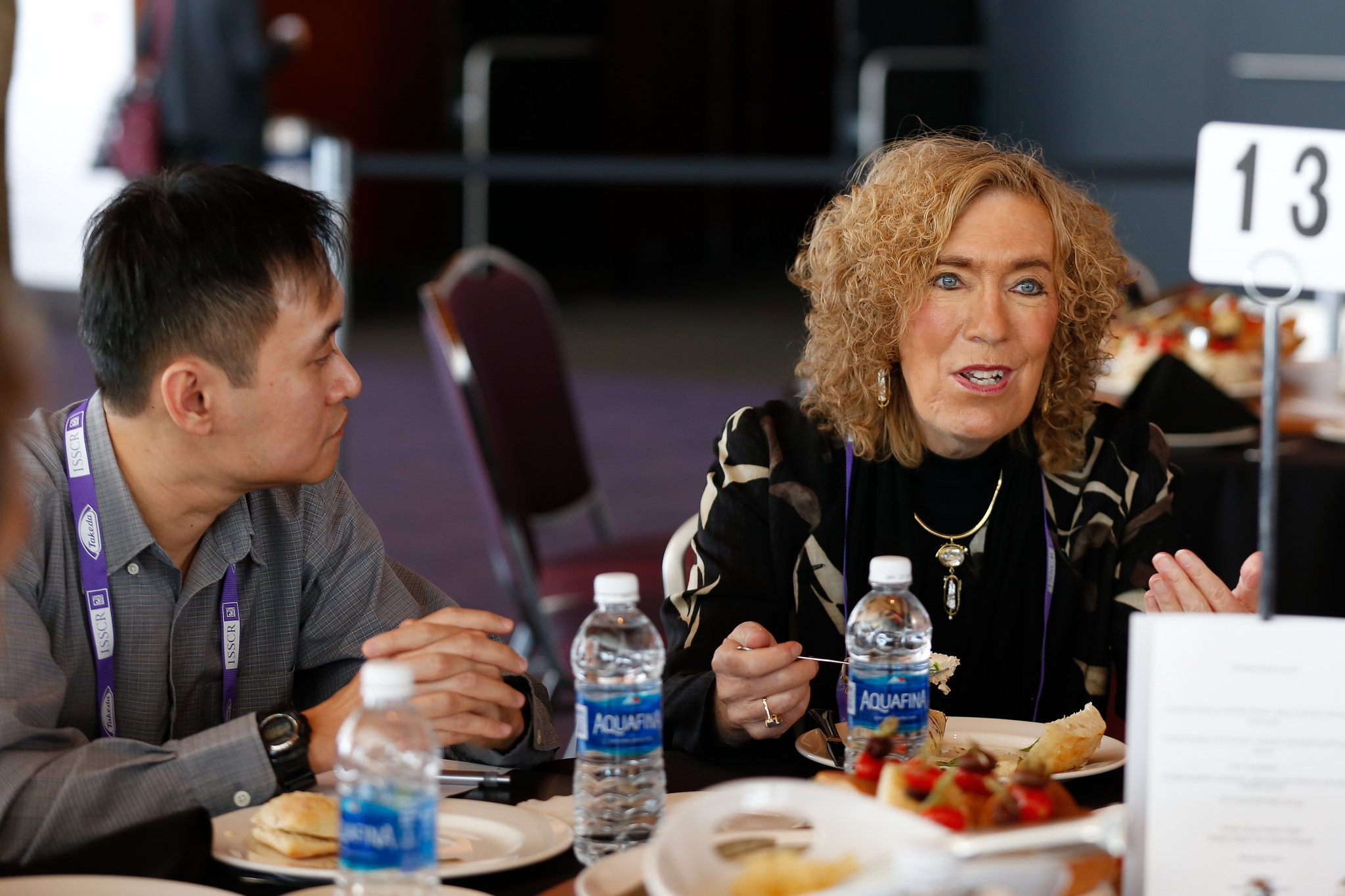
Among the 7 Plenary Sessions, 20 concurrent sessions, 1400 posters, more than 150 exhibitors, and other sessions, ISSCR 2018 provides countless opportunities to network and make lasting connections with fellow scientists from around the globe.
It is not too late to submit an abstract: the Late-Breaking Abstract submission deadline is 11 April; early registration ends on 14 March, and advance registration cut-off is 2 May, 2018. Additional information can be found at the ISSCR Annual Meeting webpage.
We hope to see you in Melbourne this June!
Hans Clevers
ISSCR President
